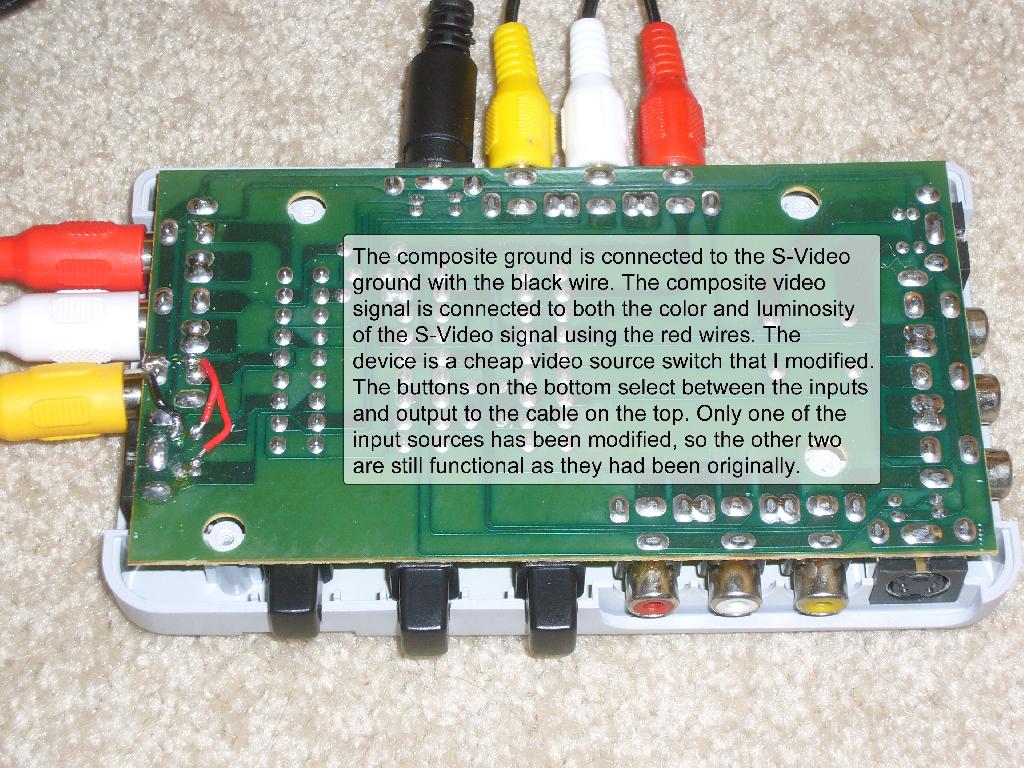At the lab a model of the campus additions was placed on display in each of the buildings so that people could get an idea of how the campus was going to change. One day I made a little addition to the model. It stayed up for at least 4 months and moved from building to building.
The addition was the “Bob Baddeley Memorial Fountain,” and it was placed right in the middle of the display. It was made out of green cellophane taped to a piece of colored cardboard that was taped onto the piece of paper labeling it the memorial fountain, which was then taped to the display. I managed to get the scale believable, and the fountain just blended in with the rest of the display. At first I was sure it would disappear and I would get in trouble. After a few days, the display disappeared from my building. Later I got a message from a friend in another building asking me if I knew about it, because the display had been moved to his building and he had recognized the name. I knew about the display moving to two other buildings after that, and I never heard from anyone about it. I walked by it a few months later and it was still there.
I have been asked why it’s the Memorial fountain, as I’m not dead. My answer is two-fold: if I had been discovered by the wrong people, I might have been dead, and this way I can say it was a joke ahead of its time. I was also asked why I used my real name. In retrospect, I should have picked a more clever name, like a famous scientist or a random person. Oh well,

